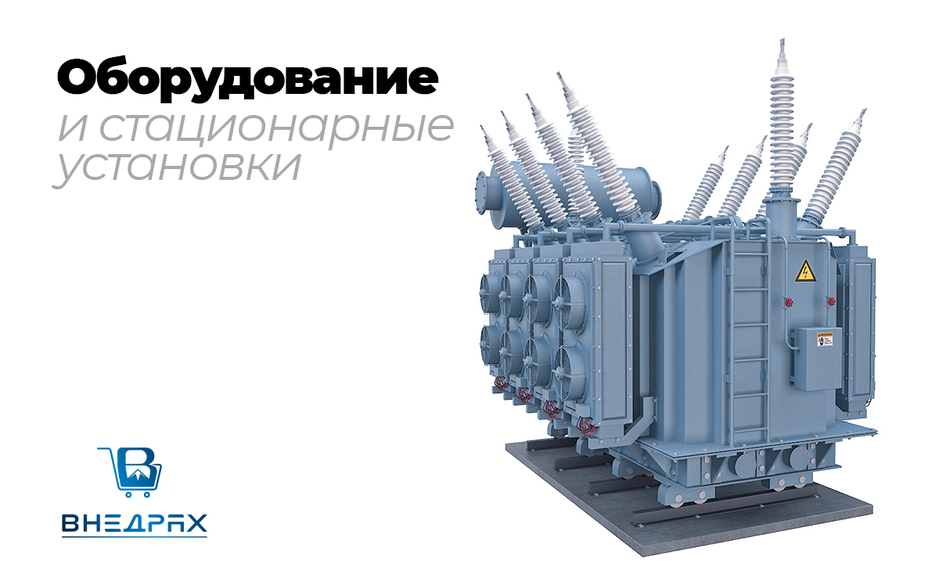Cone sand classifier KKP
Cone sand KKP from RiNM Plant
The automatic cone sand classifier KKP is designed for wet separation of crushed mineral materials into two fractions. Used for pulp with a low content of large precipitated particles. Conical all-welded structures are marked in accordance with technical specifications. Next to the abbreviation, the diameter of the drain threshold is indicated in meters.
Cyclone-type plants are used as dewatering devices for the beneficiation and drying of minerals. They are installed at crushing and screening sites and processing factories. Pulp fractionation plants are also used in the construction and mining industries.
Technical characteristics of cone sand classifiers
parameter
units
diameter of the drain threshold, m
1
1.5
1.8
2.4
2.5
dimensions
width with gutter
m
1.5
2.04
2.7
3.4
3.1
overall height
1.6
2.1
2.97
3.8
3.25
discharge opening size
≥9.5<16
≥16≤25.4
≥25≤45
≥25≤50
working volume
m³
0.25
0.9
1.6
4.2
6.3
pulp surface area
m²
0.6
1.5
1.8
3.2
4.9
performance
t/h
1.6–4
3.6–9
5–12
9–22
weight of the structure
kg
162
240
680
1270
1300
*maximum particle size 1.65 mm;
**yield is calculated based on the solid stage.
KCP design
The metal container is an inverted cone with walls inclined up to 60°. At the top there is an unloading hole. Through it, accumulated precipitated sands are removed. For the manufacture of PCC, galvanized sheets of carbon steel with a thickness of 1.2 to 3 mm are used. Wear-resistant powder coating is used for additional protection against corrosion. The inlet is covered with a woven mesh, and a flow divider is provided to speed up the fractionation process.
When continuously unloading the CCP, washers of a certain size are installed at the bottom of the device. During automatic unloading, accumulated particles are removed piece by piece as they accumulate. The spring valve opens under the weight of the sand. Continuous installations vary in size, capacity, and unloading method.
Operating principle of the KKP classifier
The pulp separation process is based on the principle of free fall of heavy particles in an aqueous environment under the influence of gravitational forces. The physical basis of the gravitational ore enrichment technique is based on the difference in the density of the enriched minerals and water. Due to this, the gravity force of the deposited particles exceeds the buoyancy force.
The process of classifying materials in a horizontal flow is accelerated due to the natural twisting of the funnel when the pulp is supplied under pressure. The working medium (pulp) enters the central part of the cone through a process pipeline from the mill stage. Particles of the coarse fraction settle to the bottom of the cone container, small components of the pulp along with water overflow the edges of the upper part of the cone, fall into the annular chute, and are carried out to the drain (industrial sewer, water treatment system or drainage).
The feed pipe supplies the ore pulp tangentially. When the medium moves, centrifugal forces arise. Due to this, large particles gain additional acceleration and fall down faster after being thrown towards the wall of the cone.
- Russian Federation
- Sale
- Bowl
- Metallurgy
- Mining
No reviews found



